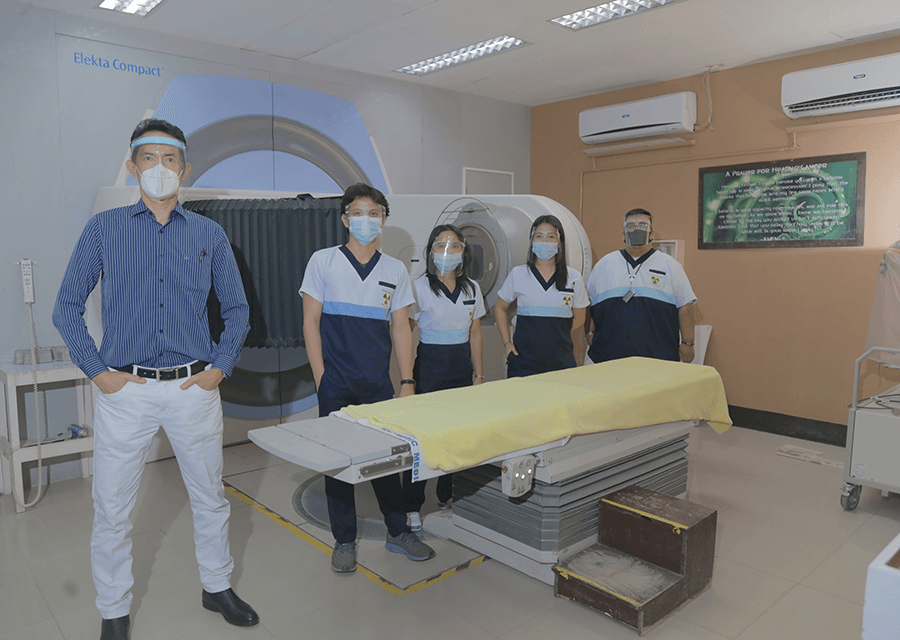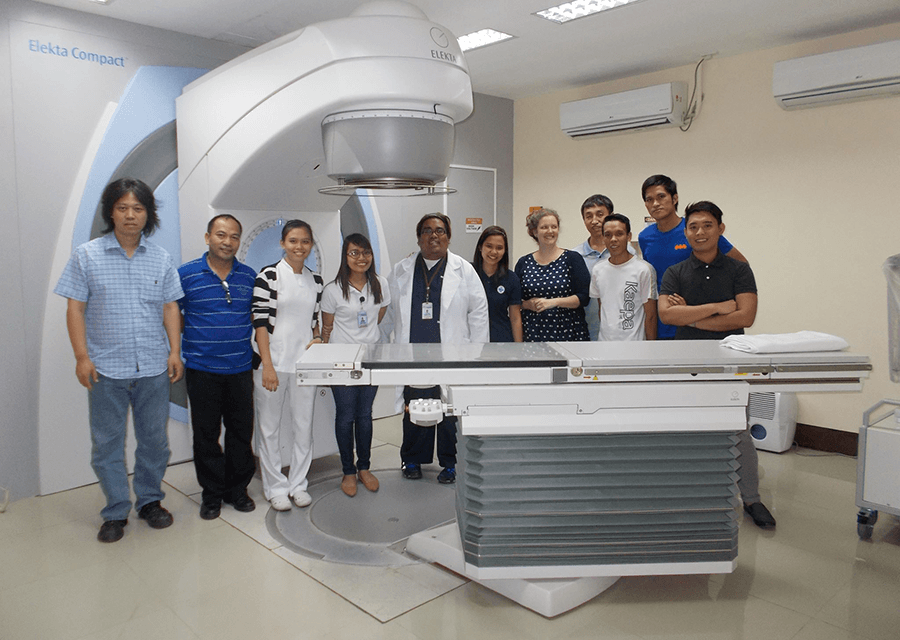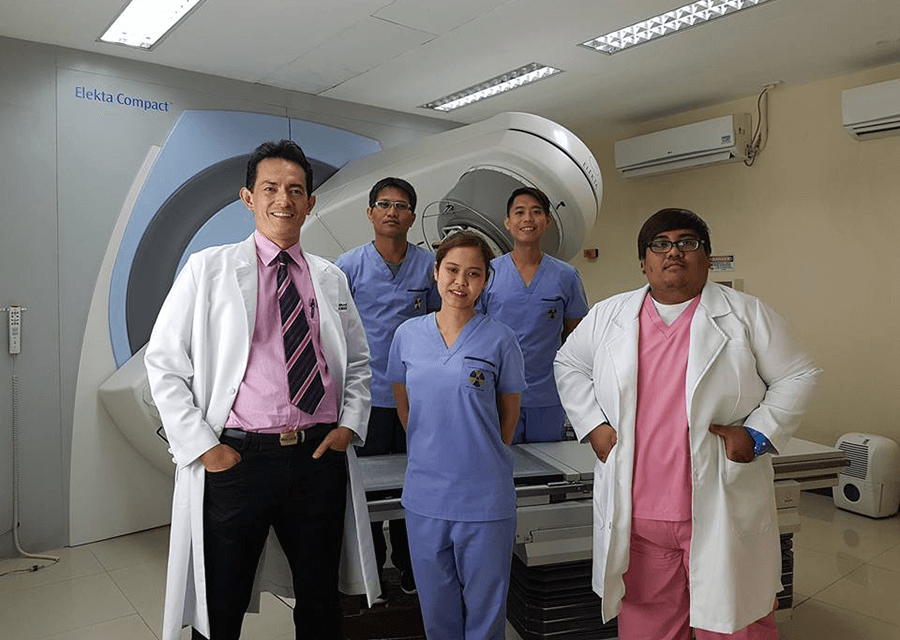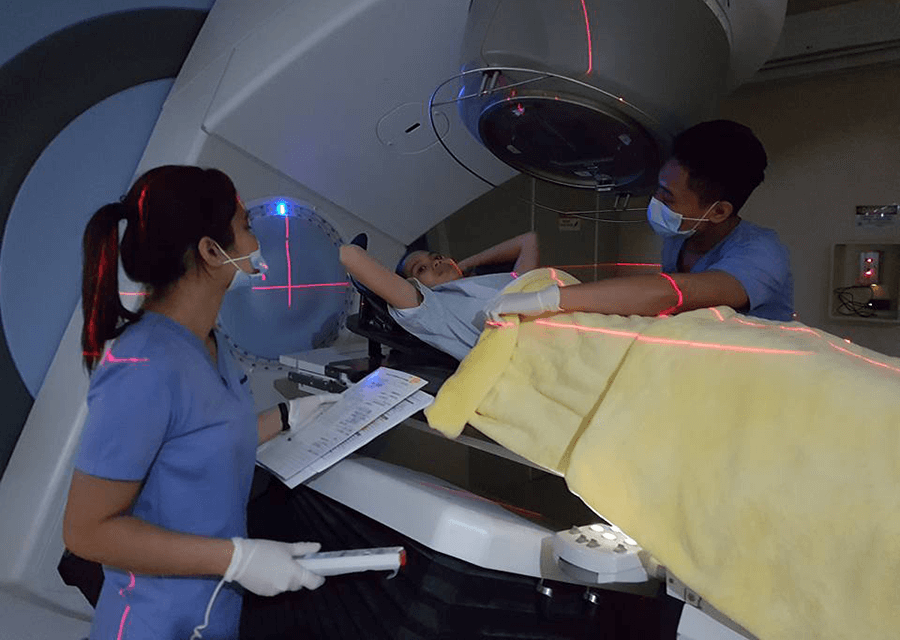
Polymedic Cancer Center

About Us
Established in 2014, the Center is the commissioning site for ELEKTA Ltd’s 100th clinical Linear Accelerator (LINAC) Compact System. Elekta dubbed as one of today’s leading giants in consumer electronics and oncology healthcare.
For Your Information
Making High Quality Radiotherapy Accessible to Everyone.
Clinically-developed Solution With Planning, Imaging, Delivery and Information Management.
Frequently Ask Questions
Radiation therapy is one of the most common treatment for cancer. It is often part of the main treatment for some types of cancer, such as cancers of the head and neck, bladder, lunf and Hodgkin disease. Many other cancers are also treated with radiation therapy.
Thousand of people become free of cancer after radiation treatments, either alone or combined with other treatment modalities available such as surgery and chemotherapy.
-
- Radiation Oncologist: A doctor specially trained to treat cancer patients with radiation. He or she recommends your treatment plan.
- Radiation Physicist: The person who makes sure the radiation equipment is working properly and gives you the correct dose as prescribed by your radiation oncologist.
- Dosimetrist: Supervised or sometimes, the Physicist himself. This person helps the doctor plan for the treatment.
- Radiation Therapists or Radiation Therapy Technologist: This person operates the radiation equipment and positions you for treatment.
- Radiation Therapy Nurse: A nurse who has received extensive training in cancer treatment and can provide you with information about radiation treatment and side effects.
You may also need the services of a dietitian, physical therapists, social worker, dentist or dental oncologist, or other health care professionals.
- The potential benefits of the treatment.
- How the treatment will be given.
- The possible side effects.
- When to call your doctor.
- What other treatment options are available for you.
Internal radiation therapy or (Brachytherapy) uses a radioactive source in the form of a wire or pellet that is usually sealed in a small container called an Implant. The implant is placed within the body into or near the tumor. The radiation from the implant travels only a very short distance, so it has very little effect on normal body tissues.
Sometimes after a tumor has been removed by surgery, radioactive implants are put into the area around the incision to kill any tumor cells that may remain. Implants may either be left within the patient as a permanent implant or they may be removed.
Another type of internal radiation therapy uses unsealed radioactive sources that are given by mouth or by injection and travel throughout the body. This type of treatment often requires a brief stay in the hospital.














